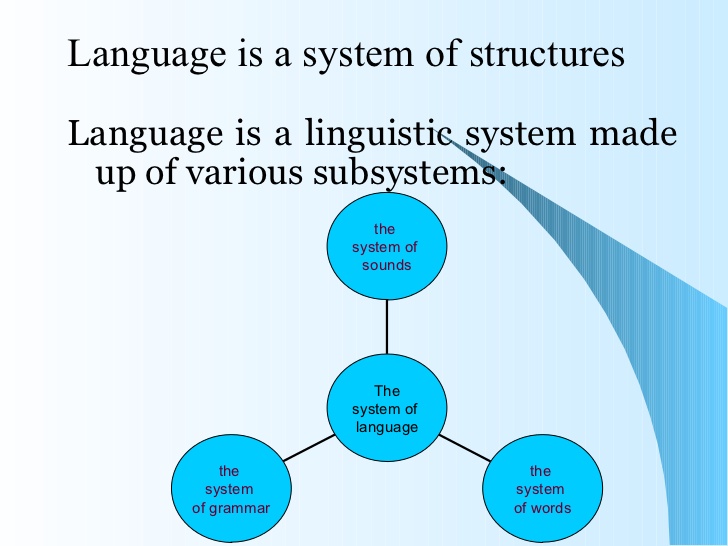Language is a system and a complex as organs of the human body. The system of the body functions through different organs such as heart, lungs, brain, ears and eyes. These various organs are interconnected and work in coordination. Similarly, the systems of a language function through sound, words and structure.
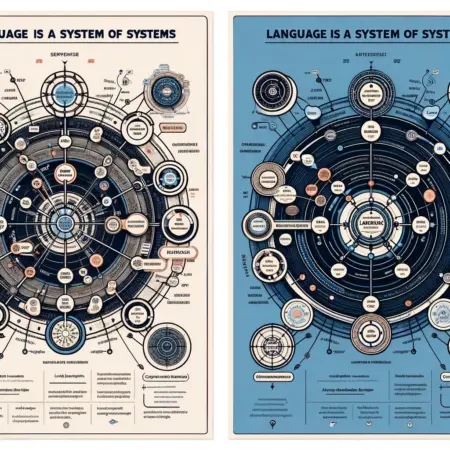
These are integrated with one another and constitute the complex organic whole which is language. While someone says, “My friends is reading a book” he uses language, he uses sounds (m, ai, f, r, e, n, d, z, r, I’d, I, t], a, b, u, k), words (my, friend, is, reading, a, book) and an accepted sentence pattern (SvVo). He could not communicate if he were to use only of the elements of language. It should be taught and learnt as a system.
Language is a system of systems.

Language is a system of phonetics, grammar and vocabulary, which in themselves are systems
Phonology: Every language has a set of sounds peculiar to it. The sound stands for words; the words stand for object ideas, process etc. For example, Pen, advise, relative, selling and singing etc. Each word has a meaning. The system of a language is called ‘phonology’.
Morphology : Words, their formation and the various Change in their forms, is called ‘morphology’.
Semantics : The study of meaning of words and sentences is .called ‘Semantics’,
Syntax: Constructions, arrangement of words into definite chunks, and set of syntactic rules that makes sentence is called ‘Syntax’.
Since language is system of systems, the whole system of language cannot be taught all at once.
Do you know Language Is A System of Symbols?
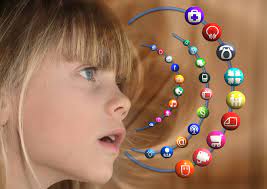
Language is a system of symbols. The railway guard uses certain symbols with body language for example the green flag, The train is not supposed to start till the driver sees the guard showing the green flag or the green lamp, for they are symbols of “All clear, Go”. The train, however, stops or does not start if the guard shows the red flag or the red lamp, for they denote the signal “Danger, means stop’’. This system works successfully because the symbols used are known to both the guard and the driver. The system of language, similarly works through symbols, the symbols being words. Language functions effectively when the symbols used are known to the speakers and the listener, the writer and the reader. The symbols of language are varied and complex.
Language symbols represent things and are not the things themselves. The word ‘table’ is not a table. It stands for a table. The word ‘boy’ is not a boy. It stands for a boy. There is no logical connection between the symbols and the referent Symbols get their meaning by convention. A sign, on the other hand, has a direct relation to the object it signifies. A road-sign showing the figure of a boy with a school-bag cautions a vehicle driver that he is a approaching a school. Language uses words essentially as a symbol and not as sings for the concepts represents by them.
Language Is For Communication.

Language is a powerful source of communication. All languages are used for the- purpose of communication. A language is a means by which a person expresses his thoughts and feelings to others. Communicative aspect of a language is very important. Without it a language cannot be called a proper language. The function of language is communicating thought from one person to another. It came into use for the communication. In the pre-historic days, communicate was carried on by means of signal made with the part of body. Later on, sound signals were evolved. For example, if a man was attacked by a beast, he would make a particular sound signal and others would come to his help. Gradually, speech sounds were developed and language came into the use for the purpose of communication.
Language has also been defined in almost the same manner as a learned arbitrary system of vocal symbols through which human beings interact and communicate in terms of their common culture experience .
.
“Language is the system of expression of ideas and thoughts by means of words and codes”.
In all these definitions, the communicative aspect of language has been rightly stressed. We clothe our thoughts and feelings in a language to express ourselves and communicate with others.
Communication by means of language may be done through speech or through writing. Communication through writing involves the ability to arrange words systematically so that the idea is communicated clearly.
Language is ever changing.
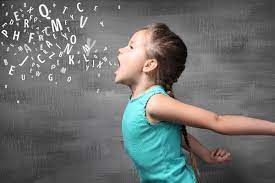
Language is a living phenomenon. Like every living thing, it changes. A very important feature of language is that it changes. All language is in a state of constant change.
As language is the outcome of the culture, it must develop with the development of the culture. Thus changes in language depend upon cultural changes. This is especially true in the case of English. The change in the language is more visible in living language than the dead ones. Changes go on in all aspects of language pronunciation, grammatical feature and vocabulary. Every living language on this earth is always changing.
As language is ever changing, the language of today is likely to be different from that of yesterday. What we say about a language today may not be true about it tomorrow. The structures and vocabulary of old English are different from those of Middle and Modern English. English language is roughly 1500 years old and has changed almost beyond recognition.
Since language is changing, we should teach descriptive grammar that describe the current use of the language and not prescriptive grammar that lays down rigid rules about its behavior and use.
Language as a system of systems can be understood through a table that breaks down its various components and how they interact. Here’s a simple representation:
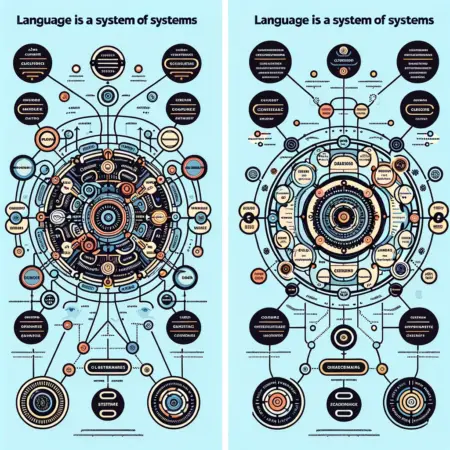
| System Level | Description | Components |
|---|---|---|
| Phonetics | Study of speech sounds | Vowels, consonants |
| Phonology | Organization of sounds | Phonemes, intonation |
| Morphology | Structure of words | Roots, affixes |
| Syntax | Structure of sentences | Nouns, verbs, adjectives |
| Semantics | Meaning of words and sentences | Lexicon, sentence meaning |
| Pragmatics | Use of language in context | Speech acts, context |
| Sociolinguistics | Language variation and social factors | Dialects, sociolects |
| Psycholinguistics | Language processing in the mind | Perception, production |
Each level in this table represents a different aspect of language, showing how language is indeed a complex system comprising smaller, interconnected systems.
Conclusion
Language is indeed a system of systems. From the intricacies of phonetics and phonology to the complexities of syntax and semantics, each component plays a crucial role in our ability to communicate effectively. By recognizing and understanding these systems, we gain valuable insights into the inner workings of language.
